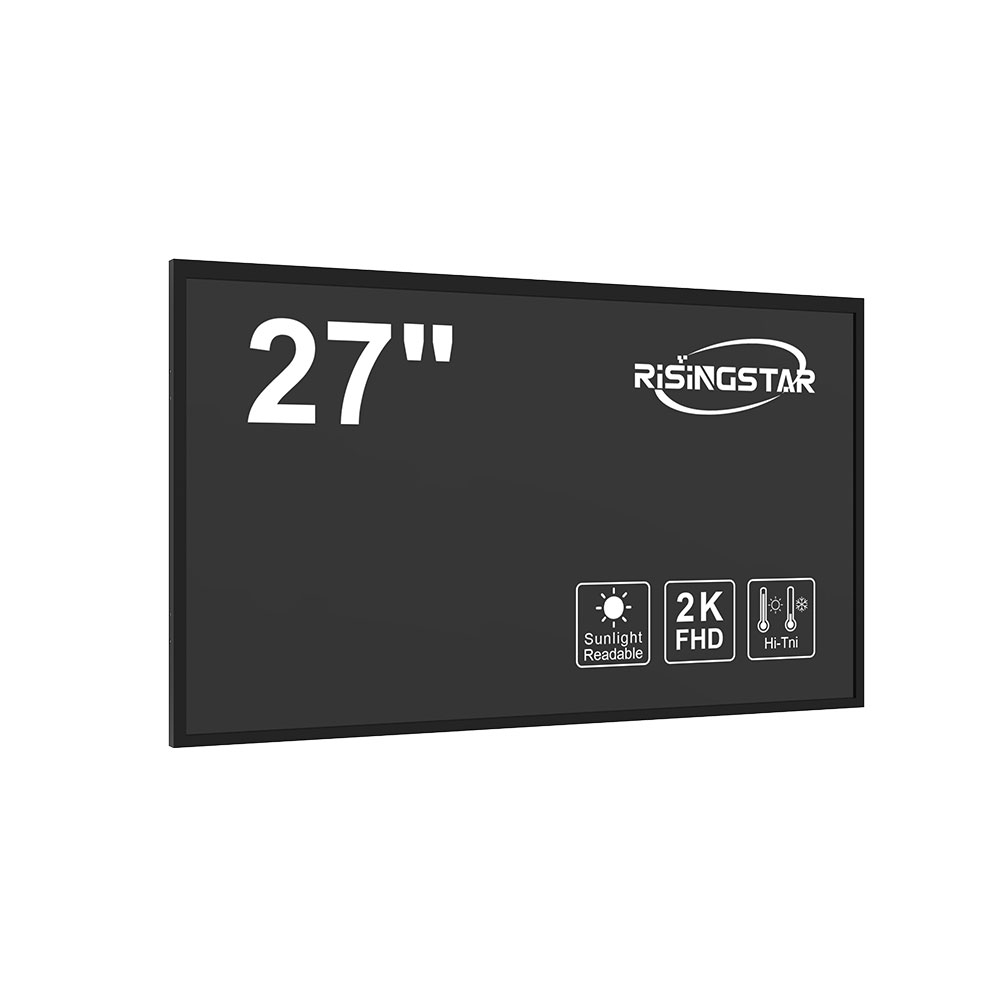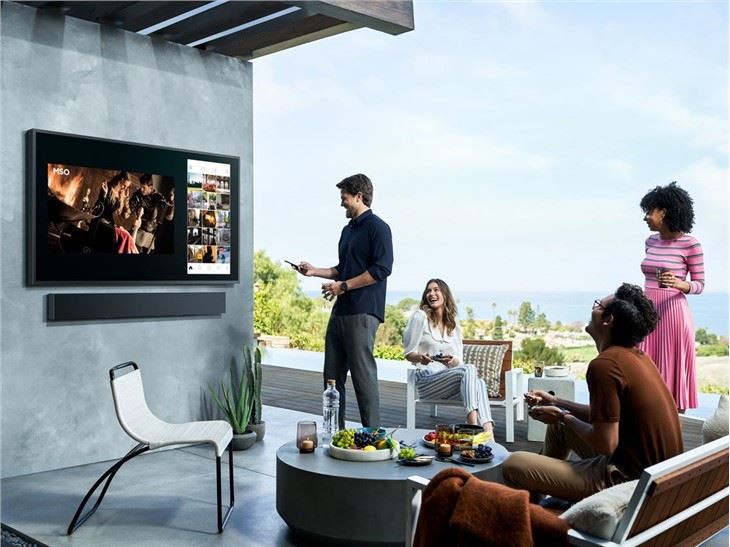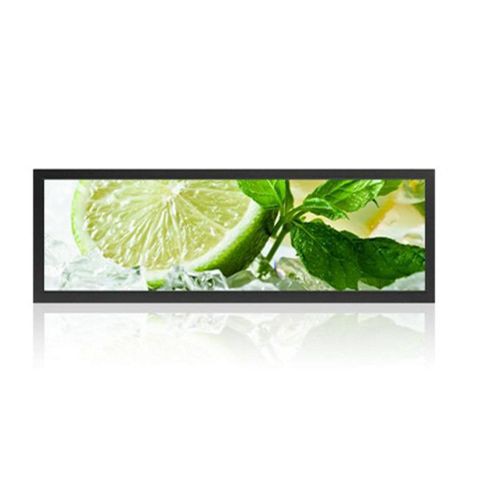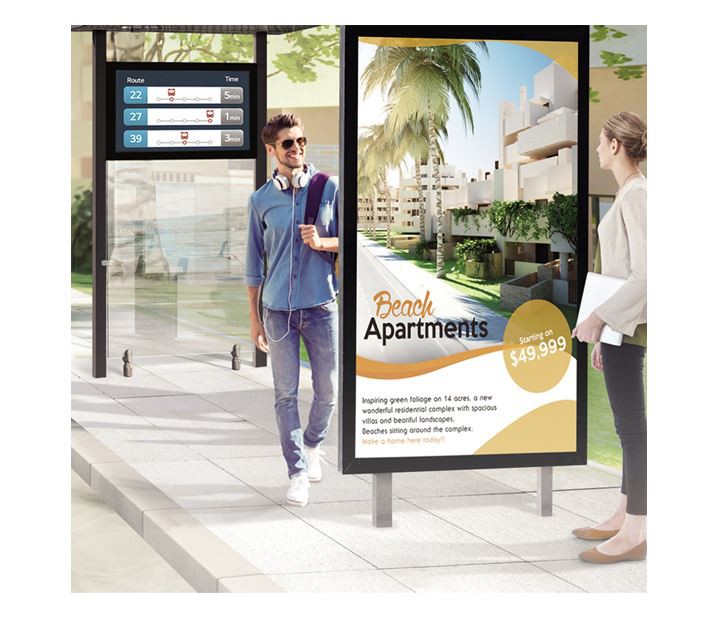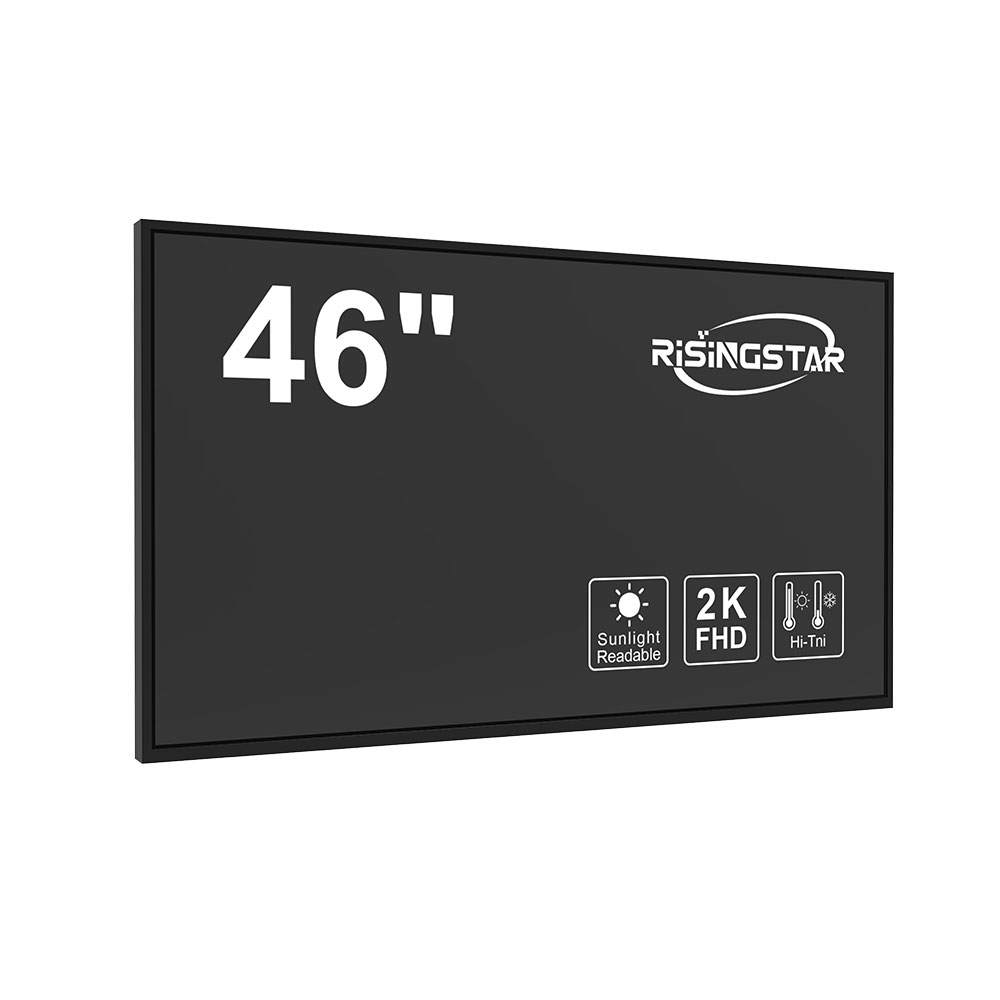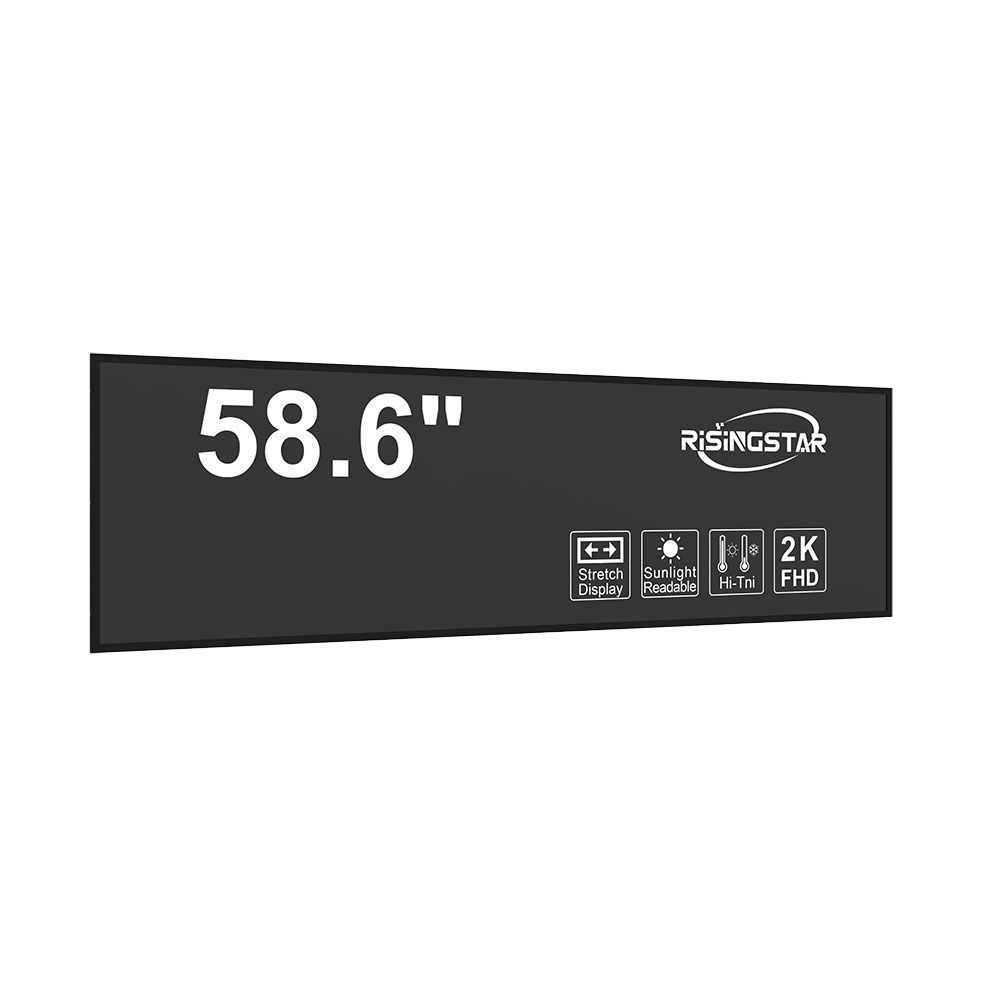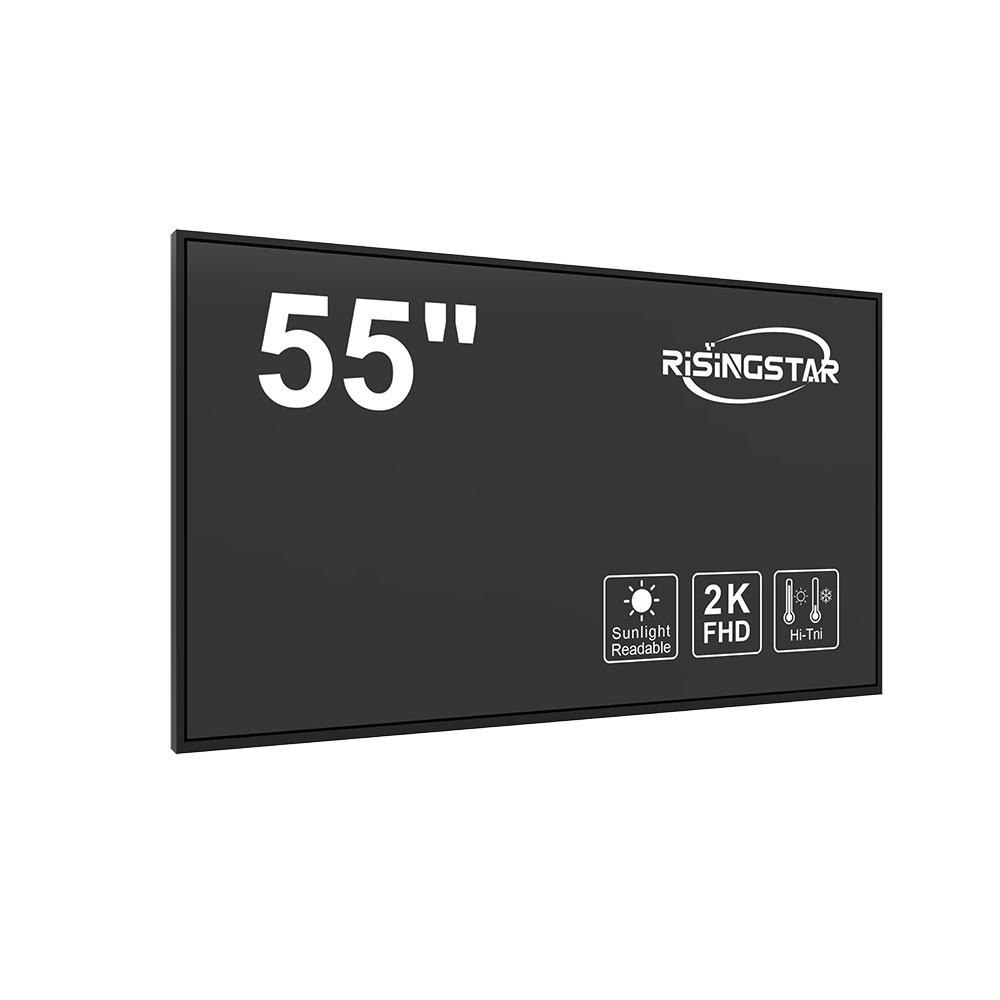High-brightness sunlight-readable LCD screens have become essential in modern industrial, military, medical, transportation, and Digitale Beschilderung im Freien applications where visibility under direct sunlight is critical. These displays are engineered to deliver exceptional clarity and performance even in extreme lighting conditions—ranging from bright daylight (up to 10,000 lux) to low-light environments—without compromising color accuracy or response time.
Among the most commonly used display ratios today is 16:9, which aligns with modern video standards such as Full HD (1920x1080) and 4K UHD (3840x2160), making it ideal for multimedia content, control rooms, kiosks, and vehicle dashboards. This aspect ratio is widely supported across a broad range of screen sizes—from compact 10.1-inch units used in portable devices and rugged tablets to massive 98-inch panels deployed in public information systems and command centers.
The availability of these displays in multiple sizes—including 13.3", 15.6", 18.5", 21.5", 23.8", 27", 32", 43", 46", 49", 55", 65", 75", 86", and 98"—ensures flexibility for diverse use cases. For instance, 15.6" and 18.5" models are frequently found in automotive infotainment systems due to their balance of size, resolution, and power efficiency. In contrast, larger 55"–98" displays dominate outdoor advertising, factory automation, and smart city solutions, where high luminance (often exceeding 5,000 nits) and wide viewing angles are crucial.
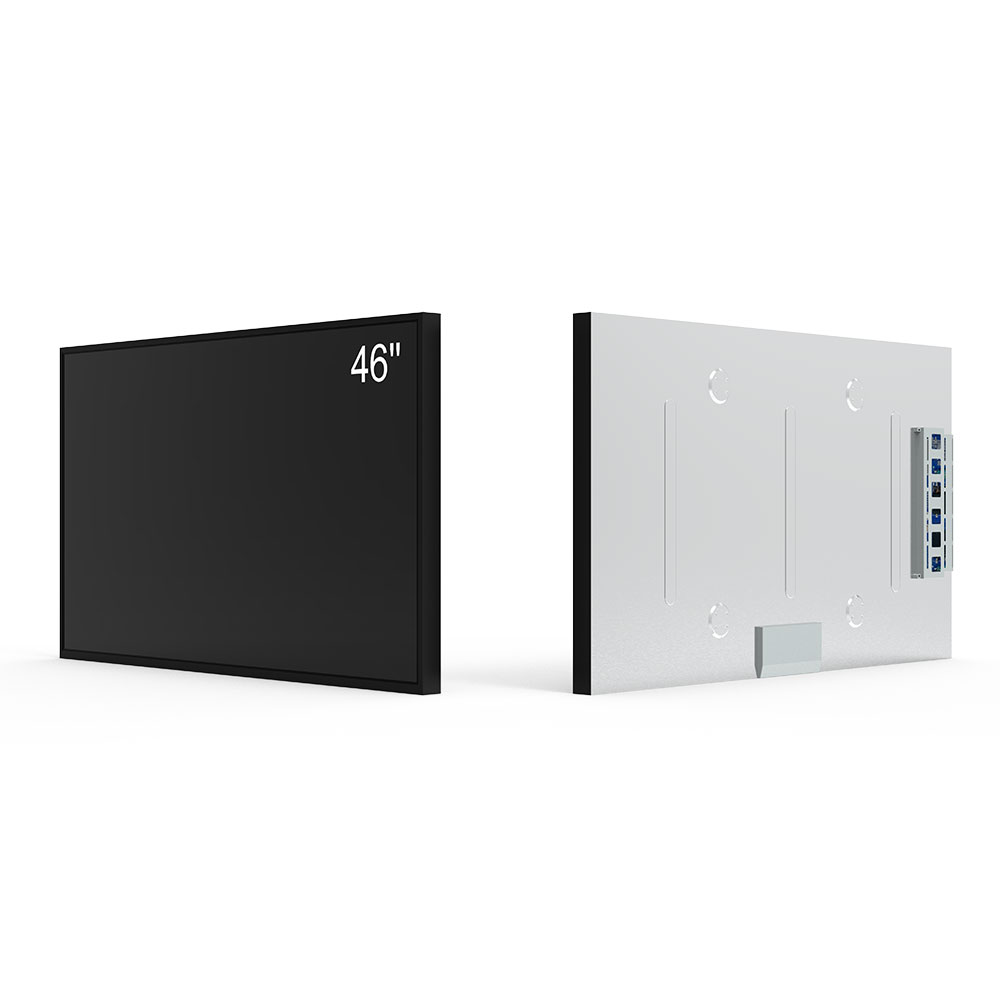
Sunlight-readable technology typically incorporates anti-glare coatings, high-brightness LED backlights (with peak brightness up to 10,000 cd/m²), and sometimes dual-layer polarizers to reduce reflection. Some advanced models utilize transflective liquid crystal technology that combines transmissive and reflective modes—enhancing visibility both indoors and outdoors without consuming excessive power. According to industry benchmarks from the Society for Information Display (SID), sunlight-readable displays must achieve a minimum contrast ratio of 1000:1 under direct sunlight to be considered effective for outdoor operation.
Case studies show that military-grade 15.6" sunlight-readable LCDs with 5,000+ nits brightness are standard in unmanned ground vehicles (UGVs), while 43" and 55" displays in solar-powered traffic monitoring stations rely on energy-efficient IPS panels with automatic brightness adjustment based on ambient light sensors. In the healthcare sector, 21.5" and 23.8" displays are integrated into patient monitoring carts, offering reliable visibility even in brightly lit hospital corridors.
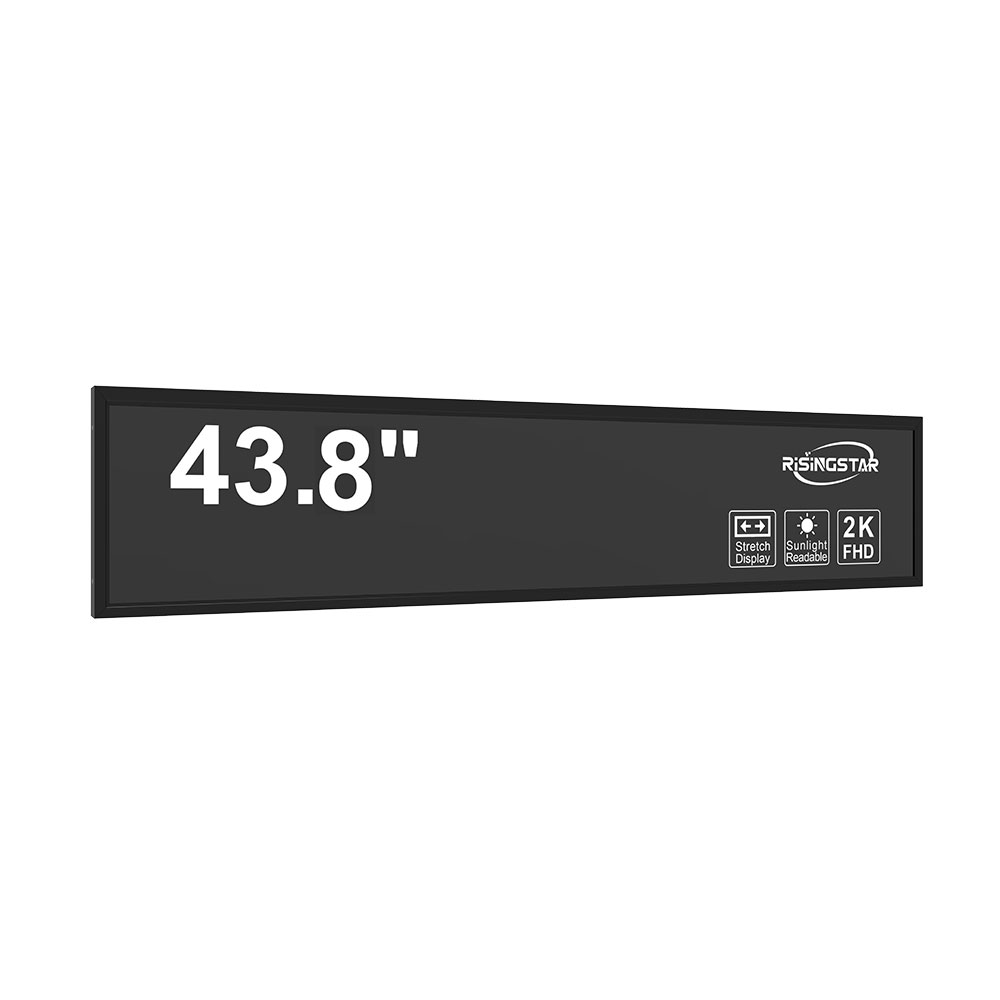
Manufacturers like LG Display, Sharp, and BOE Technology continuously innovate in this space by introducing OLED-based sunlight-readable solutions that offer superior contrast ratios and faster refresh rates, particularly beneficial for dynamic content like live video feeds. However, traditional LCDs remain dominant due to cost-effectiveness, durability, and proven reliability in harsh environments.
To ensure long-term performance, these displays often comply with MIL-STD-810G for shock and vibration resistance, IP65 ratings for dust and water protection, and wide operating temperature ranges (-30°C to +70°C). Their compatibility with industrial-grade processors and real-time operating systems makes them ideal for embedded systems in aviation, logistics, and energy infrastructure.
In summary, selecting the right 16:9 high-brightness sunlight-readable LCD requires evaluating not only physical dimensions but also luminance, viewing angle, environmental resilience, and integration capabilities. With continuous improvements in panel architecture, backlighting, and adaptive display algorithms, these screens will remain indispensable in mission-critical and high-exposure applications worldwide.
